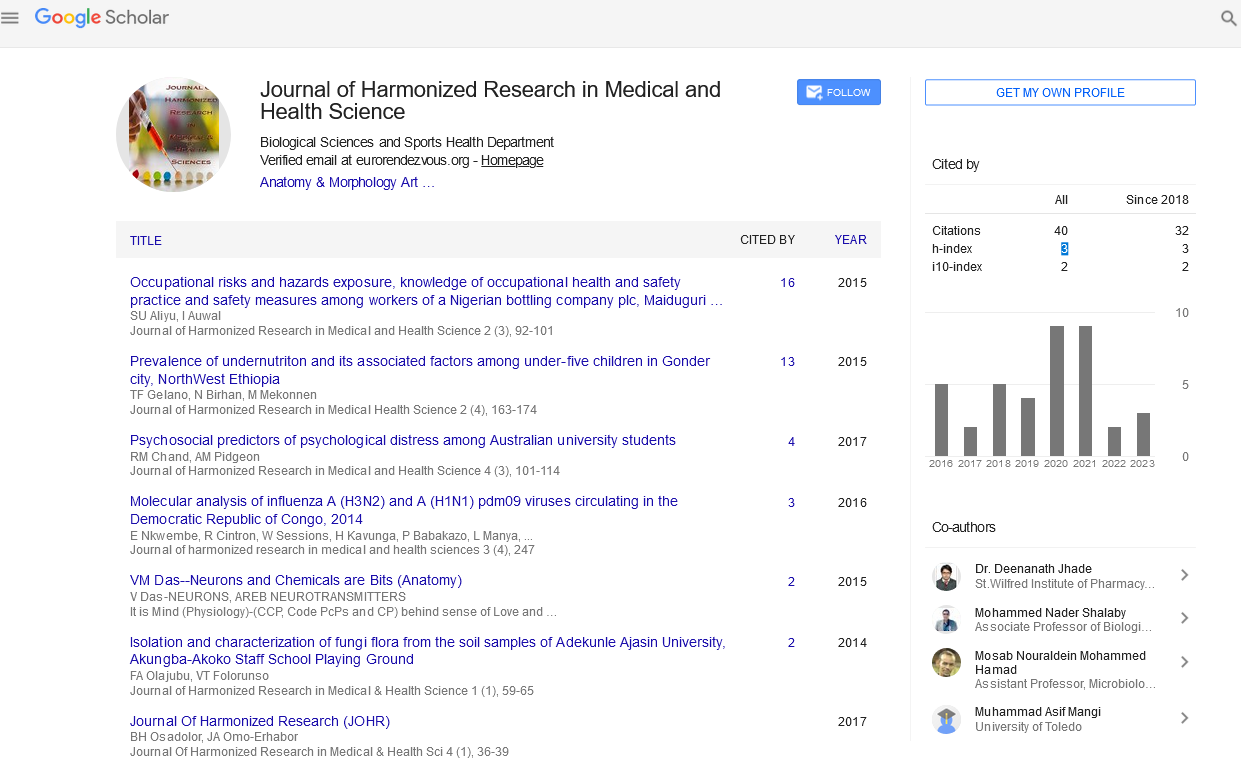BIOMARKERS IN PULMONARY ARTERIAL HYPERTENSION
Abstract
Author(s): Pinar Altin, Jarrod Barnes, Metin Aytekin.
Pulmonary hypertension (PH) is a heterogeneous disorder likely to be comprised of overlapping syndromes with varying origins and pathobiologies that presents with many phenotypes. Pulmonary arterial hypertension (PAH) is progressive and results in the deterioration of cardiopulmonary function and premature death. The mean age at diagnosis of IPAH is 50 years with a higher female to male ratio. Often, PAH is misdiagnosed due to the lack of clinical knowledge of the disease. Presently, clinical, echocardiographic, and hemodynamic parameters are the most decisive methods for evaluation, prognosis, and diagnosis of PAH. These patients routinely require supportive evidence for the diagnosis of PAH. Therefore, additional methods such as non-invasive biomarkers are necessary help to assess patient prognosis, clinical outcomes, and overall quality of life for patients with PAH. Over the years, researchers have uncovered new biomarkers important for our understanding of the pathophysiology of PAH. In this review, we discuss PAH diagnosis and progression as well as common and potentially novel biological markers used in the prognosis, diagnosis, and mortality prediction of PAH. Key words: Pulmonary arterial hypertension, biomarkers, clinical outcomes, and diagnosis










